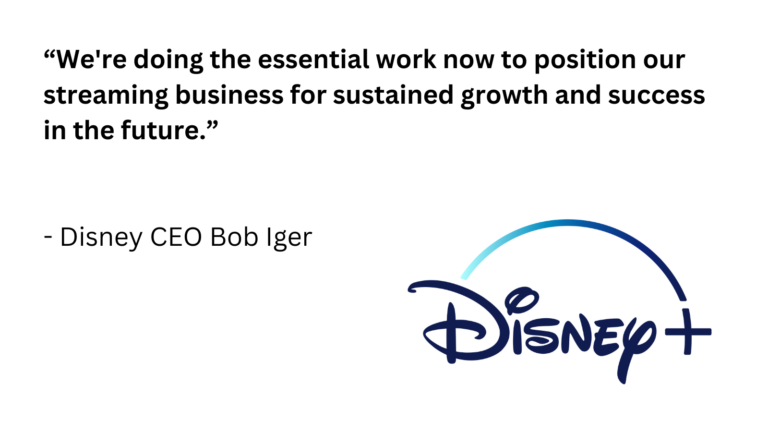
It’s hard to know where to start when it comes to Disney’s fiscal Q2 earnings call, which revealed plans to combine Hulu and Disney+ into a “one-app experience” in the U.S. and Canada by year-end, as well as strip enough content from its streaming services to incur $1.5 billion-$1.8 billion in impairment charges this quarter. “And going forward, we intend to produce lower volumes of content in alignment with this strategic shift,” noted CFO Christine McCarthy. In addition, Disney plans more direct-to-consumer price hikes on its ad-free tiers to “widen the delta… to drive more subs to the ad-supported service” where Disney feels it has advantages over competitors because of its massive ad-sales apparatus. It’s also an effort to drive higher ARPU, especially as Disney finds itself hitting a wall on streaming subscriber growth, losing 300,000 domestic Disney+ subs as well as 4.6 million Disney+Hotstar subs in India (recall that Hotstar lost IPL cricket rights to Paramount Global’s Viacom18 last year – so the sub hit was more than expected). Disney+ subs were down 2% globally to 157.8 million while Hulu was flat at 48.2 million and ESPN+ eked out 2% growth to end the quarter at 25.3 million. So, with 40% of Disney’s domestic advertising touchpoints being addressable, the company clearly sees bigger opportunities through ads, including programmatic, than paid subscription, with Disney CEO Bob Iger noting that the company has added 1,000 advertisers over the last year, with 5,000 total across its linear and streaming properties – a third of which are programmatic. As for shoring up the consumer experience, Hulu and Disney+ will still be available separately, but Iger said the plan to combine them into one app should help drive “a more unified streaming experience” that will reduce churn and increase engagement. It also suggests Disney will likely buy out Comcast’s one-third Hulu stake rather than opt to sell Hulu outright, as Iger had teased shortly after returning as CEO. While “everything was on the table,” Iger told investors, “I’ve now had another three months to really study this carefully and figure out what is the best path for us to grow this business… from a subscriber perspective, from a subscriber acquisition, subscriber retention perspective, and also from an advertiser’s perspective.” Iger said it’s also about “rationalizing the volume of content we make and what we’re spending,” confessing that Disney purposefully “wanted to flood the so-called digital shelves with as much content as possible” when Disney+ launched in 2019 but now “we realize that we made a lot of content that is not necessarily driving sub growth” while “spending a lot of money marketing things that are not going to have an impact on the bottom line, except negatively.” If Iger sounds a lot like Warner Bros. Discovery CEO David Zaslav from six months ago, well… that’s because he’s saying the same thing. With Disney also now fully following WBD’s lead on removing content from services and combining two big services into one a la HBO Max-Discovery+, this feels like an industry looking to scale back and consolidate. Perhaps even pure-play streamers like Netflix will run the numbers and find they can better monetize content through licensing than by leaving thousands of titles within streaming walled gardens. Disney remains a powerhouse, with quarterly revenue up 10% year-over-year to $21.8 billion and net income up nearly 3X YOY to $1.3 billion. Iger said it will meet or exceed its $5.5 billion cost savings target. And with other studios and streamers also streamlining their businesses, expect a much leaner industry going into 2024.
